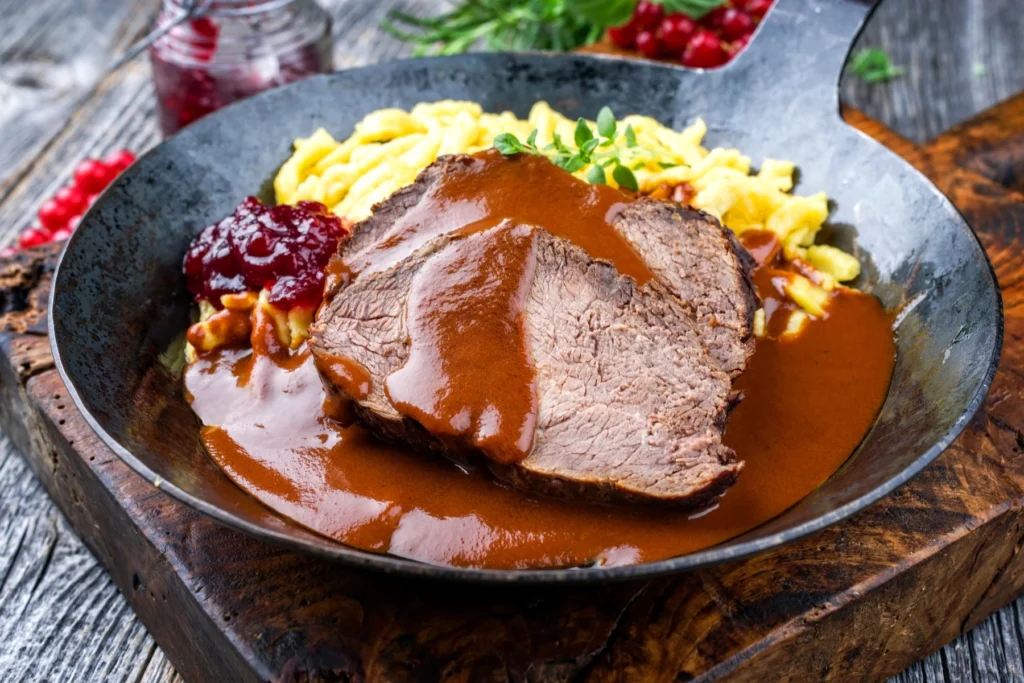Pairing wine with food is an art that can elevate a meal from ordinary to extraordinary. The ultimate guide to pairing wine with your favorite dishes involves understanding the fundamental principles of flavor harmony and contrast, and experimenting with different combinations to find what pleases your palate. Whether you are hosting a dinner party or enjoying a quiet meal at home, knowing how to pair wine with food can enhance the dining experience and bring out the best in both the wine and the dish. One of the key principles in wine pairing is matching the weight and intensity of the wine with the dish. Light-bodied wines, such as a crisp Sauvignon Blanc or a delicate Pinot Noir, are best paired with lighter fare like salads, seafood, and poultry. These wines have a refreshing acidity that complements the subtle flavors of these dishes without overwhelming them. For instance, a Sauvignon Blanc’s citrusy notes can enhance the fresh, briny taste of oysters or the herbal nuances of a goat cheese salad.

On the other hand, fuller-bodied wines, such as a robust Cabernet Sauvignon or a rich Chardonnay, are well suited for heartier dishes like steak, lamb, and creamy pasta. The tannins in a Cabernet Sauvignon can cut through the richness of a juicy steak, balancing the flavors and cleansing the palate with each sip. Similarly, the buttery texture and oak notes of a Chardonnay can complement the creamy sauce of a fettuccine Alfredo or the richness of roasted chicken. Another important aspect of wine pairing is considering the dominant flavors in the dish. For example, a spicy dish like Thai curry or Mexican fajitas can be beautifully paired with an off-dry Riesling. The slight sweetness of the Riesling can temper the heat and highlight the aromatic spices in the dish. Similarly, a dish with earthy flavors, such as mushroom risotto or truffle pasta, can be enhanced by a wine with similar earthy notes, like a Pinot Noir or aged Bordeaux.
Acidity in wine is also a crucial factor in food pairing. Wines with high acidity, such as Chianti or Champagne, can brighten the flavors of a dish and provide a refreshing contrast to rich, fatty foods. A classic example is pairing Champagne with fried chicken, where the wine’s bubbles and acidity cut through the grease, making each bite more enjoyable. Chianti, with its bright acidity and cherry notes, pairs wonderfully with tomato-based dishes like spaghetti Bolognese or Margherita pizza, as the acidity in the wine matches the acidity in the tomatoes, creating a harmonious balance. Sweetness in wine can also play a role in pairing, especially with desserts or dishes that have a hint of sweetness. A sweet dessert wine, like Sauternes or a Moscato d’Asti, pairs perfectly with fruity or creamy desserts, as the sweetness in the wine mirrors the sweetness in the dessert. Additionally, pairing a slightly sweet wine with a salty dish, such as blue cheese or prosciutto, can create a delightful contrast that enhances the flavors of both the wine and the food.